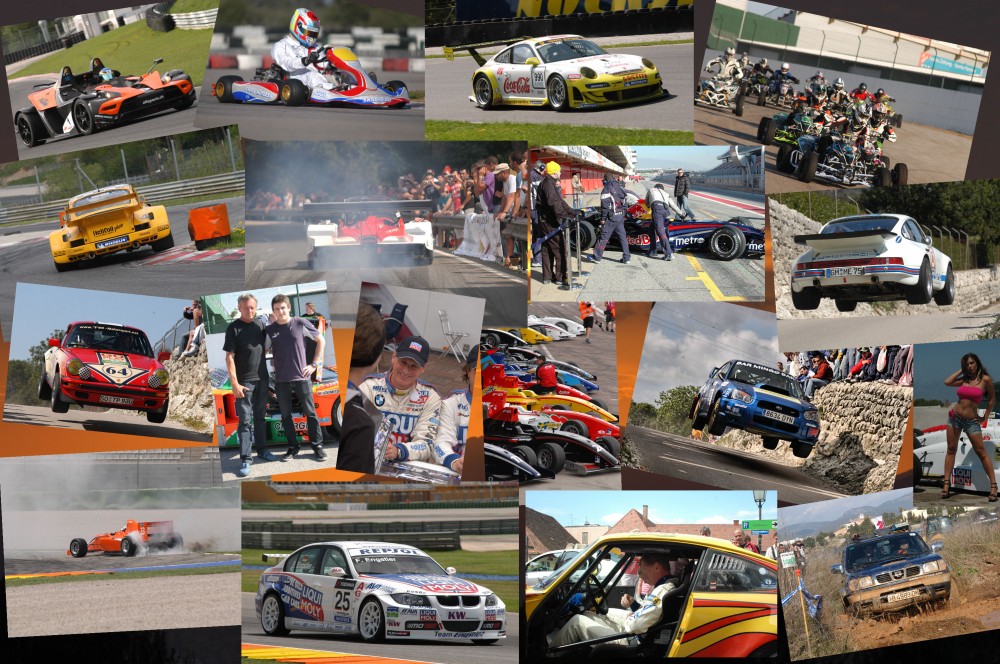2009 Australian Grand Prix Sunday
It was a mixed afternoon for the ING Renault F1 Team as Fernando Alonso finished in 6th position, while teammate Nelson Piquet retired from the race in the early stages.
In a race punctuated by a safety car period, Fernando steadily made up for ground that he had lost on the first lap. He enjoyed a combative race to emerge in the points during his final stint and benefited from the late race incidents. Having secured three points, the team now turns its attention to next weeks Malaysian Grand Prix determined to deliver a more competitive performance.
Fernando Alonso P6
First stint: 19 laps, prime tyres (hard)
Second stint: 33 laps, prime tyres (hard)
Third stint: 6 laps, option tyres
Fernando: 6th place is not the best result, but in a way we have to be happy because we started the race in a difficult position and I was pushed wide at turn 1 onto the grass and so I dropped to the back of the pack. After that, it was difficult and so its great to score points. With what happened during the race, the incidents and the safety car, we managed to finish 6th. In terms of the overall results and looking at our competitors, we have to be happy with the result. With the KERS I didnt feel a big difference and I was a little bit disappointed at how it worked. We also need to work on the tyres a bit more at the next race.
Nelson Piquet DNF
First stint: 19 laps, prime tyres (hard)
Nelson: I was really happy because we were lucky at the beginning of the race to gain some positions. The car was good and I was having a consistent drive. But when the safety car came out I started to have some problems with the brakes. I had a good restart and overtook Nico Rosberg, but when I touched the brakes again they were gone. I spun out and I was lucky I ended up in the gravel, so there was no damage to myself or the car. The car was not as competitive as we wanted it to be in the race but we were still running in the top 8. The Malaysian circuit should suit us better and Im sure that we can get a good result there next week.
Flavio Briatore, Managing Director ING Renault F1 Team
The three points scored by Fernando are not a great consolation for what has been a disappointing weekend for us. We were just not competitive enough and our qualifying performance penalised us for the race. Fernando lost several positions at the start because of the first corner incident which he could not avoid. That said, our two drivers were consistent and tried to make the most of the situation. Nelson made a good start and his race was very promising, but a technical problem unfortunately brought his race to an end. Its only the first Grand Prix and our intention is to work hard to fight back quickly, starting at the next Grand Prix in Malaysia.
Pat Symonds, Executive Director of Engineering
Nelsons accident appears to have been caused by a problem with the brake system, although as yet we dont know what that might be. Its a shame because he was in a reasonable position. We are clearly not as competitive as we need to be and there is a lot of work to be done to get to the front.
Remi Taffin, Head of Engine Operations
A mixed result this afternoon with the retirement of Nelson and we will need to look into why he couldnt finish. We would have been able to do something good with Nelson who had a great start to the race. I think he could have been on the podium, so its a shame. We finished 6th with Fernando and when you consider the level of competitiveness that we have shown this weekend, its not a bad result. We know that we have to do better and so we will take these points and work hard to try and get a strong result at the next race.
www.ing-renaultf1.com























